15 Things to Avoid in Banff for an Unforgettable Holiday
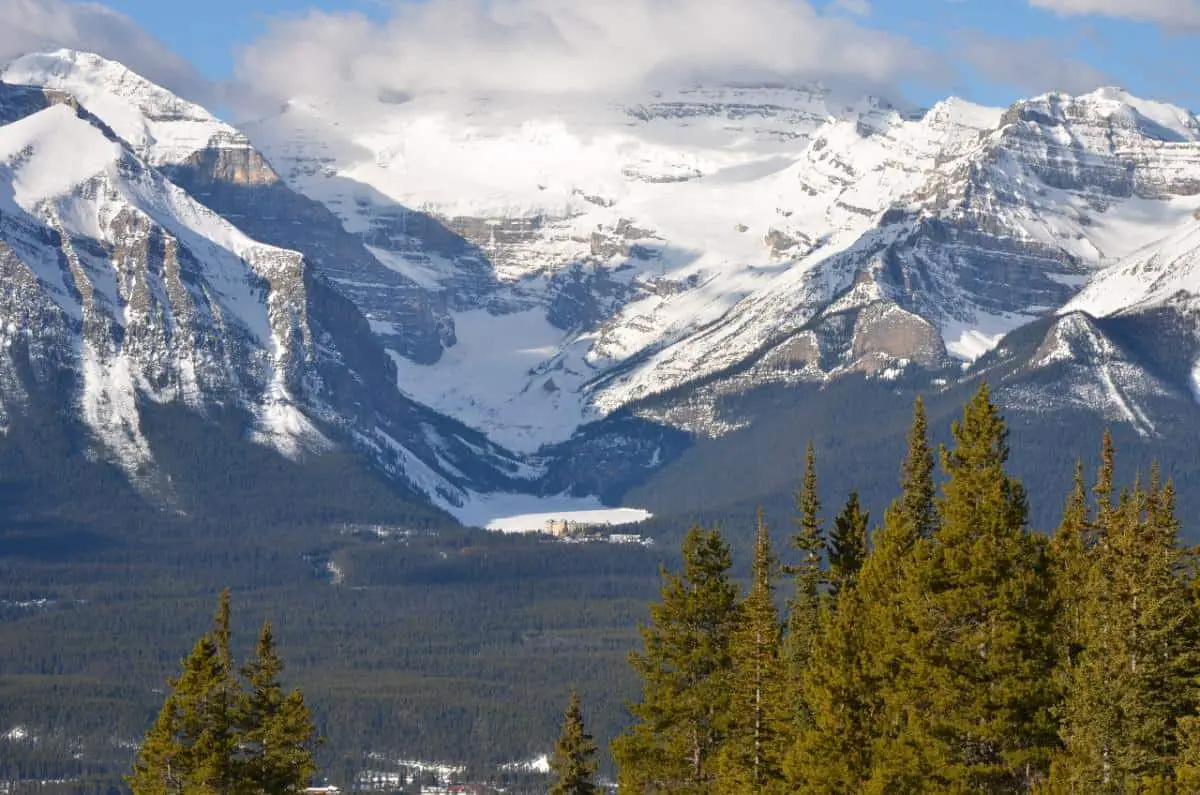
Want to visit Banff National Park for your dream vacation? Here are fifteen things tourists should avoid.
If you’ve never visited Banff National Park, you will be amazed by the park’s beauty, I promise. Still, knowing what you should avoid will enhance your experience in the park. It ensures an unforgettable holiday.
Alright, let’s get started!
Book Accommodation Last-Minute in the High Season
Last-minute booking in the high season in Banff can be a harrowing experience. Your choice will be minimal, increasing the chance of highly costly options or options you don’t like too much. Or a combination of both.
I imagine you don’t want to plan your trip by the day, months in advance. Still, it’s wise to book your hotels well in advance. Prices in the high season will be extremely high. When you book last-minute, they will be even higher. Let alone that your choice will be limited, as mentioned.
To give you an idea of what kind of prices you can expect to pay in Banff, I recommend reading the post about how much a Banff vacation will cost.
Underestimating Distances in the Rockies
Eager to explore the park, you read about all the possibilities and create an itinerary. You find fifteen attractions you want to visit in no time. That’s cool, and Banff might be perfect for car exploration, but distances can be considerable. If you don’t plan well, you might be spending more time driving than actually visiting the park’s beautiful attractions.
That’s why it’s wise to know the driving time between locations. Plan well so you can be effective and have time to spend decent time at your desired location, for hiking or a nice lunch, for instance.
I wrote a post about distances in the park. It’s a helpful tool when you’re planning your visit to Banff. If you’re interested, click the link. It’ll help you greatly.
Trying to Park after Sunrise at Lake Louise or Moraine Lake

I can’t blame you if you want to park close to the lakes after sunrise. You’re having a holiday, so why get up early? And the lakes have parking lots. All OK, right? Wrong.
These two lakes are the park’s most visited, meaning you must be there well before sunrise to find a vacant parking place in the parking lot close to the lake.
Fortunately, arriving at one of the two lakes after sunrise doesn’t mean you can’t see the lakes. Just park your car at the Lake Louise overflow along the Trans-Canada Highway (Highway 1).
There, you can hop on a shuttle bus that will take you to your preferred lake. If you want to visit the other lake later, you can hop on the shuttle bus again.
If you want to read more about the shuttle service, I recommend reading the post The Ultimate Guide to Lake Louise.
Trying to See the Park in a Couple of Days
Banff National Park isn’t the biggest national park in Canada by any means, but a couple of days won’t cut it if you want to visit all the major attractions.
Sure, you could rush it – Japanese tourists are known for doing a tour of Canada in 10 days (!) – but that doesn’t allow you to do a hike or two, relax, take in and enjoy the park’s beauty. Or sleep in if you so desire.
If you want to see all the major attractions and do some hiking, you’d need a week or so. You could easily extend this period, but a week will cut it. Just don’t try to see the park’s highlights in three days or less.
Thinking You Will Be Fine with USD
Banff receives boatloads of US tourists each year. That’s why some shops and restaurants allow you to pay in US dollars. Still, they’re far and few between, so don’t count on it.
Moreover, paying in USD is seldom advertised. Instead of bringing lots of US cash, you’d better find the nearest ATM and get some loonies and toonies (or rather 50 and 100 Canadian dollar bills).
Read the post All You Need to Know about Currency Exchange in Banff to learn more about exchanging currency in the park.
Hiking or Cycling without Bear Spray
So many tourists and bear attacks in Banff are pretty much unheard of, or at least extremely rare. It could give you the feeling that you’ll be safe (enough) when hiking or biking.
Sure, the chance that you’ll be the subject of a bear encounter gone wrong is very slim, but the danger is real. So take a bear spray if you’re heading out for outdoor fun.
Want to know more about bear spray? Please read my post on the ins and outs of bear spray in Banff.
Too High Expectations for the Shoulder Seasons
There are several pros to visiting Banff in the shoulder seasons, like lower prices and much fewer tourists, but be aware of the disadvantages before you book. Especially the period between April and June could lead to disappointment.
During these spring months, most of the lakes are still frozen. So instead of the turquoise color most lakes in the park are famous for, you’ll find big surfaces of black ice, ofter still covered by snow.
If you like spending less money on hotel prices and meeting fewer tourists, you could also visit the park in October and November (from December, the park is ramping up for the ski season).
While October could serve you some lovely sunny days and the lakes are not yet frozen, the evenings can already be quite cold. You could also get some snow.
In November, the park is at its slowest. It’s likely (almost a certainty) that it will snow and possibly ruin your stay. Temperatures start to get low and the winter opportunities are not yet present.
Talking about snow: It might still snow quite a lot during these months, which indicates that the temperatures are still relatively low. The snow also means road closures, limiting your options.
Overall, visiting the park in spring generally makes for a different experience from visiting in summer.
If you want to read more about the pros and cons of the shoulder seasons in Banff National Park, click the link.
Relying on Public Transport
Banff National Park has one of North America’s best public transport systems for national parks. Still, I wouldn’t advise you to rely on it. Yes, you can visit many major attractions by public transport, but it’s too limited to do and see what most tourists possessing a car would do.
If you arrive at the park by public transport and intend to stick to public transportation, you might end up renting a car after all. Just saying.
I wrote a comprehensive post about the town of Banff, including several options for using public transport to get to the park. Check it out if you want to know more.
Underestimating the Cold
Banff in summer can get really hot, especially the last couple of years had sweltering summers. That doesn’t mean you can compare Banff to a Mediterranean beach resort. You’re in the Rocky Mountains and the weather can change drastically at any given moment. Yes, it can even snow in summer. I’ve seen it snow on a sunny day in July.
Furthermore, the town of Banff is situated at 1,383 meters (4,537 ft) and Lake Louise’s elevation is even higher. These places can get quite chilly in the evening, even in the middle of summer. Make sure you’re prepared and bring some warm clothing.
If you’re interested in the average weather in Banff National Park, I recommend reading the post Everything about Banff Weather: Average Rain, Snow & Temperature.
Underestimating Prices in Banff

Banff National Park is gorgeous. That’s why millions of tourists flock to the park each year. The ever-increasing popularity of Banff has made prices soar.
Before you book your trip, make sure your budget fits the demands the park puts on your wallet. To give you an idea: you easily pay CAD 250 for one night in a hotel. Prices of tours and attractions can also be costly. Add eating out to the balance, and your possible daily spending might scare you.
I calculated the average prices in Banff during different times of the year. I highly recommend you check out the result in the post about how much a Banff vacation cost. It gives you a good idea of what to expect.
Cramming too many Attractions in One day
The cool thing about Banff National Park is that several attractions are not too far from each other. This makes it tempting to visit several attractions on the same day.
While you could, I highly advise against it. If you want to stick to your schedule, you won’t allow yourself enough time to relax and enjoy the beauty. Let alone do a considerable hike in the area of one of the attractions you visit (or another activity).
Expecting Good Cell Phone Reception
We’re so accustomed to using our cell phones wherever and whenever we want that you’ll likely bring your urban habits to Banff. While you might get a good 4G or 5G signal in the park’s urban areas, there are many places where you’ll have no reception at all.
If you rely heavily on data, know that you can’t always access the internet. So if you want an excellent functioning map during your trip to the park, for instance, make sure you download one you can use offline on your phone.
Underestimating the Winter Season
If you plan to visit the park in winter for winter sports, be ready for the tricky conditions. Driving is more difficult and slower. Also watch out for avalanches.
Furthermore, make sure you take appropriate clothing with you. This is stating the obvious, but it can get frigid in the Rockies.
Not Knowing about Road Closures
Road closures are common in Banff National Park. You can count on them in winter and spring. For instance, the road to Moraine Lake is closed from October to June due to avalanche risk.
Depending on the situation, other road closures can also suddenly occur, limiting your freedom of movement.
Underestimating Driving in the Park in Winter
This one connects to the topic above. In winter Banff National Park receives A LOT of snow. It makes driving circumstances tricky. While Parks Canada keeps major roads like the Trans-Canada Highway (Highway 1) clear of snow, you never know when the next snow shower will be and how heavy it will be.
Secondary roads can be extremely slippery. If you don’t have extensive experience with driving in heavy snow, these circumstances can become very stressful and dangerous.
Furthermore, it’s mandatory to drive with snow chains. So make sure you get a set and have them put on.
Closing Words
Alright, there you have it. Hopefully these tips will help you avoid making ‘wrong’ decisions in order to have the best possible time in Banff. It should sure prevent annoyment.
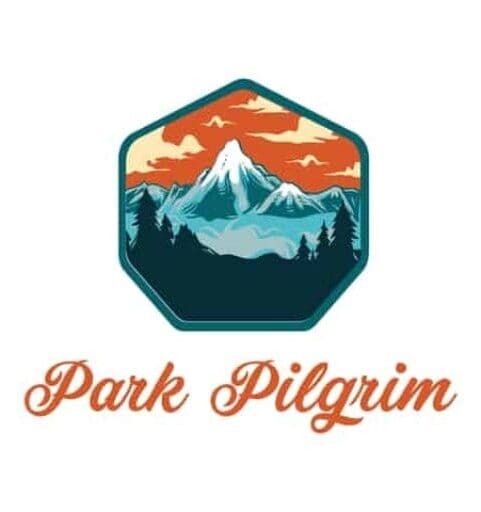
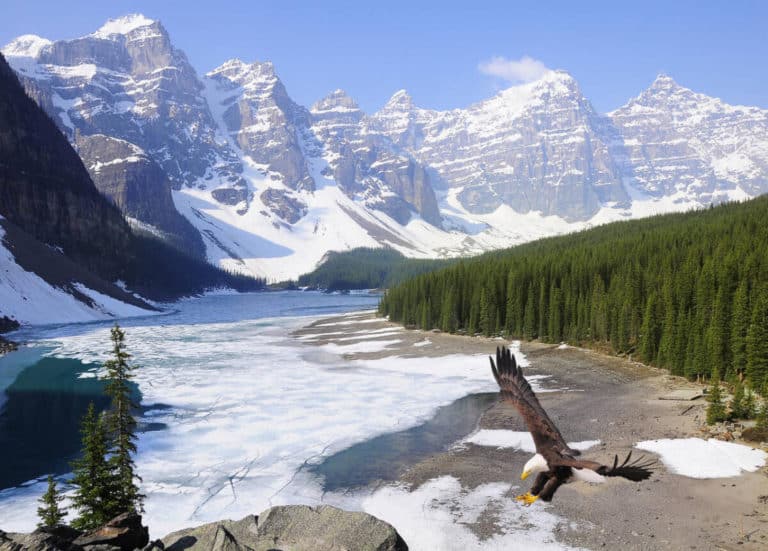

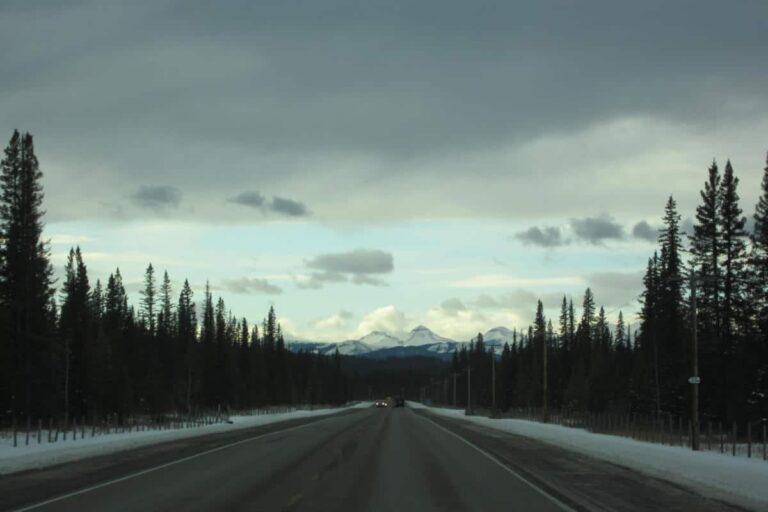
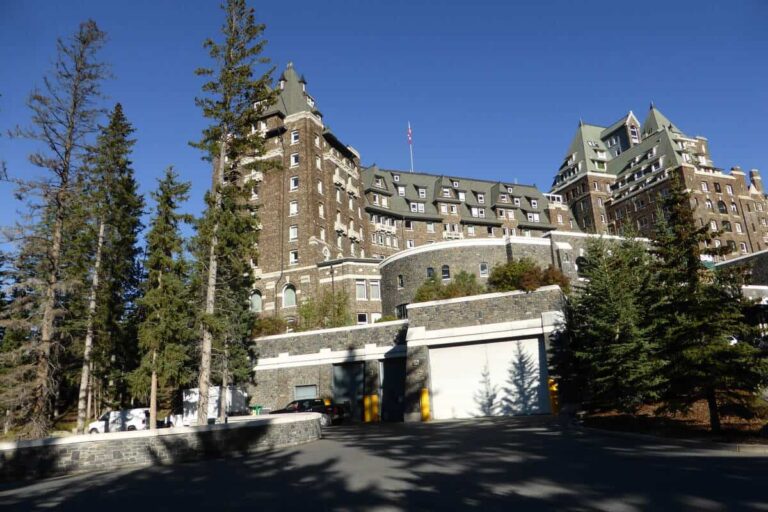

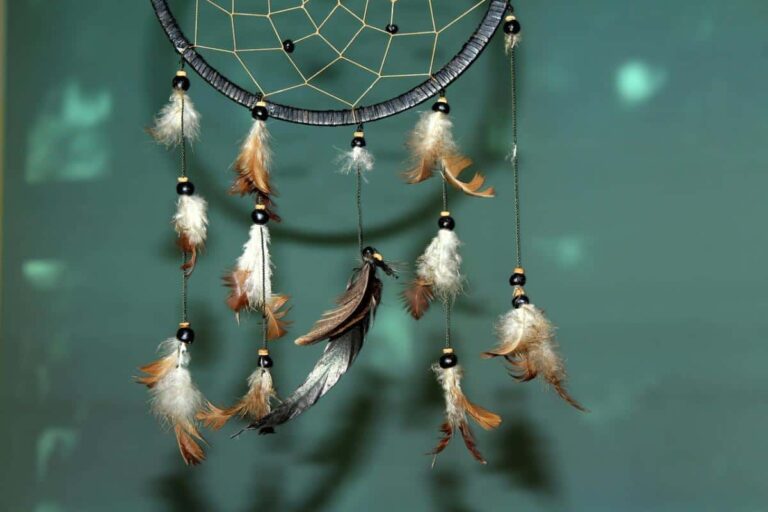
How about renting an EV like Tesla to tour Banff and Jasper. I am planning to stay over for a week between the two. Is this a good idea or I should avoid EV and stick to gas vehicles
Hi Rakhadi,
You should have no problems driving a Tesla between the two parks. There are enough charging stations for Tesla’s in particular. Several hotels, like the Banff Springs, have tesla charging stations.
Dan